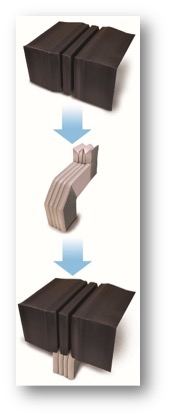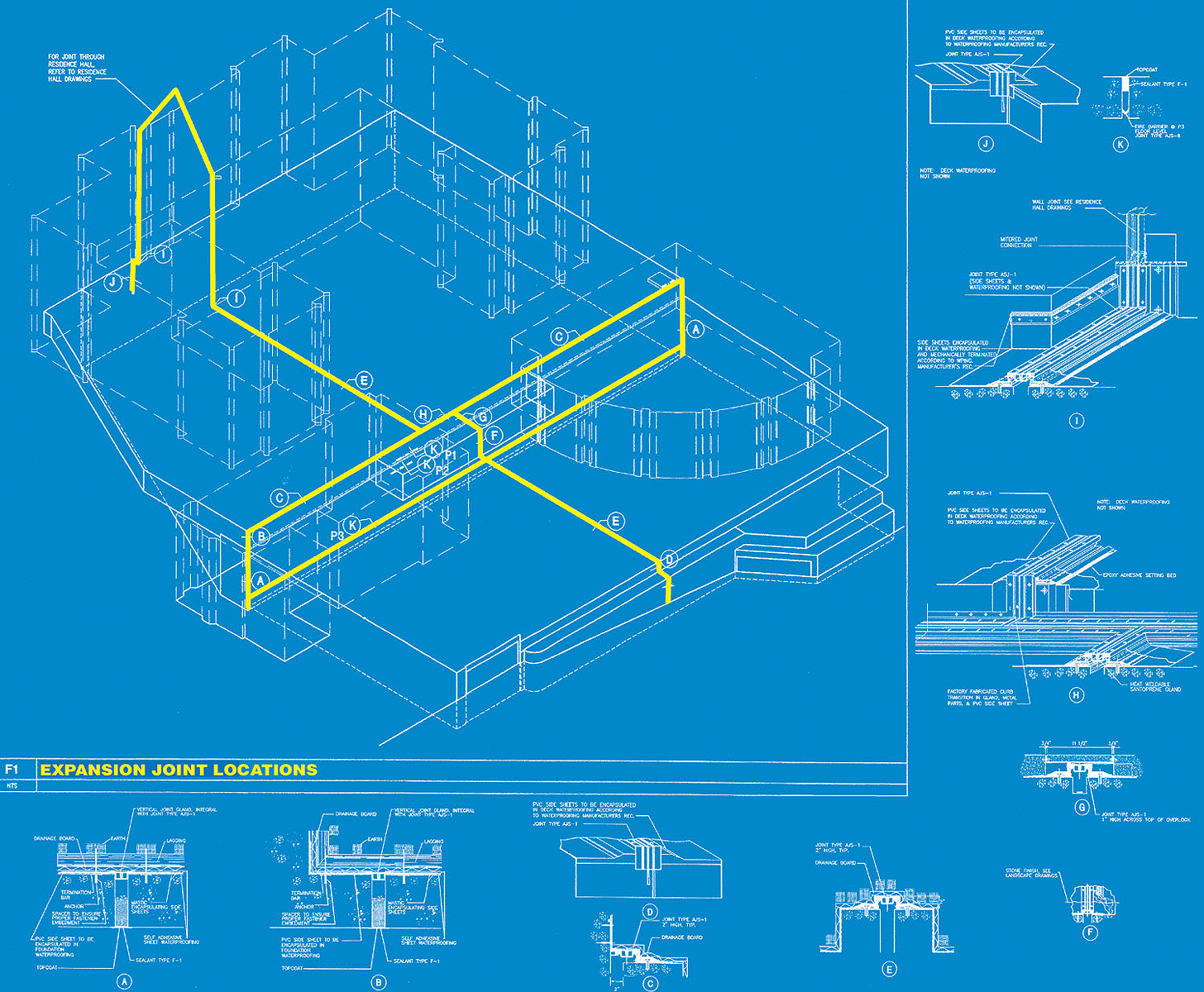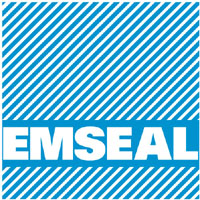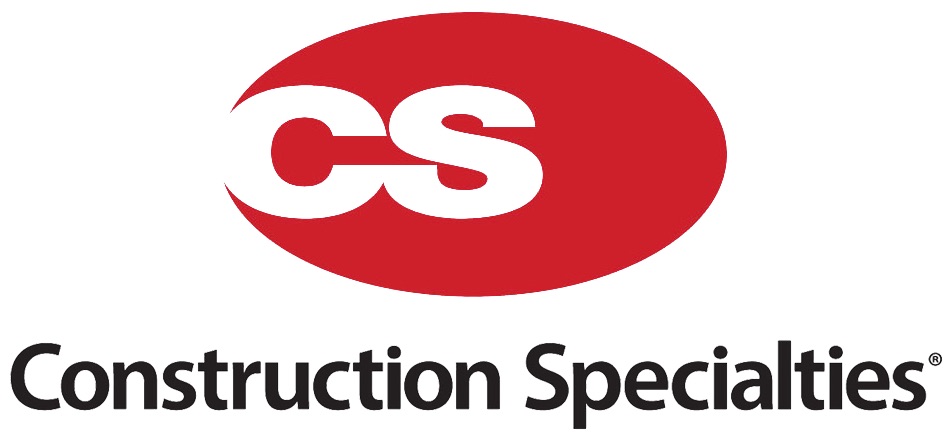Building Movement Joint Solutions
Industry Insights
What is an Expansion Joint?
In building construction, an expansion joint is a mid-structure separation designed to relieve stress on building materials caused by building movement induced by:
- thermal expansion and contraction caused by temperature changes,
- sway caused by wind,
- seismic events, etc.
Because the joint bisects the entire structure, it marks a gap through all building assemblies--walls, floors, roofs, decks, planters, plazas, etc. This gap must be filled to restore the waterproofing, fire proofing, sound proofing, air barrier, roof membrane, trafficable surface and other functions of the building elements it bisects.
Expansion joint systems are used to bridge the gap and restore building assembly functions while accommodating expected movements.
The term "movement joint" has been widely adopted in preference to "expansion joint" as it more appropriately encompasses the fact that building movement results in both compression and expansion of the material installed.
For example, when a structure heats up, the building materials from which it is built expand. This causes the "expansion joint" to close down, thereby compressing the expansion joint system installed in the gap.
Conversely, when the temperature drops, the materials cool causing the joint gap to open. This requires the expansion joint material to expand to follow the joint movement.
Joint Size vs. Movement Requirements:
The width of a movement joint and it's movement requirements are not necessarily directly related. The joint size is simply the baseline width of the joint at its mean service temperature. (e.g., 2") The movement requirements are how much the joint will increase &/or decrease from its baseline width (e.g., -1" to +1") due to project movement criteria. There are three primary movement criteria that are considered when determining joint movement requirements; thermal, deflection and seismic. If you have a 2" joint size and the total joint movement requirements are -1" to +1", the joint has 2" of total movement and is considered to have 100% movement at +/-50%. If you have a 4" joint size with the same -1" to +1" movement requirements, the joint would be considered to have 50% movement at +/-25%. When detailing movement joint solutions it is critical to select movement joint solutions that can meet the movement requirements based on the joint size desired.
3-D Design, Detailing, Construction, Fabrication, Installation:
Movement joints have historically been thought about and detailed in 2D cross-section. Anybody can make an expansion joint appear watertight in cross-section. However, joints leak at changes in plane, direction and where dissimilar joint materials meet.
Successful projects with expansion joints that don't leak are characterized by a collaborative commitment by the A/E team, the general contractor, the joint manufacturer, and the waterproofing sub-contractor to think, design, detail, specify, construct, fabricate, and install three-dimensional solutions.
 |  |
If this collaborative and disciplined approach is not adopted as the basic philosophy on any project of any scope, whether a stadium, hospital, school, government building or airport, it can be expected that water and air leaks at expansion joints will occur and result in owner maintenance costs and headaches.





